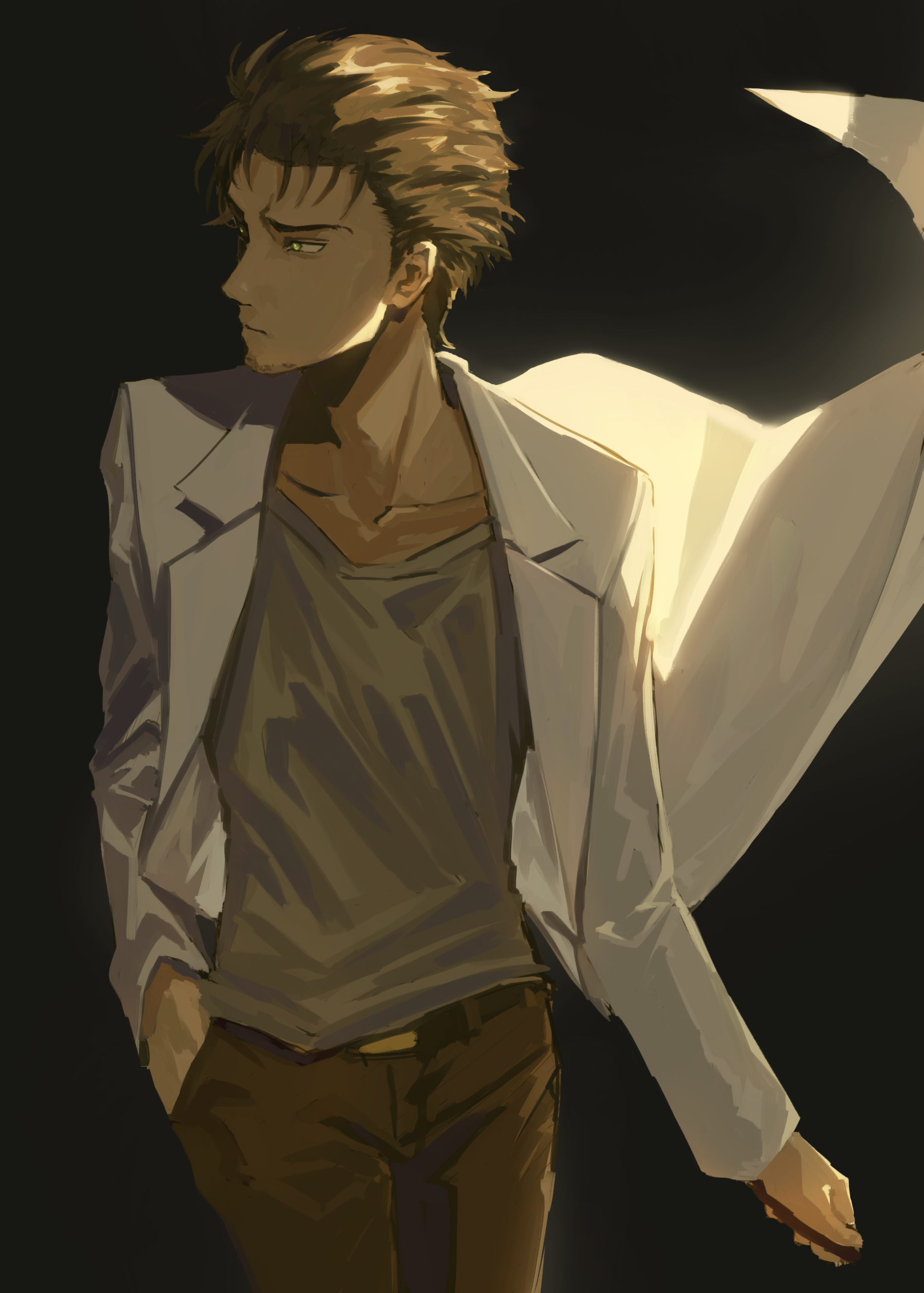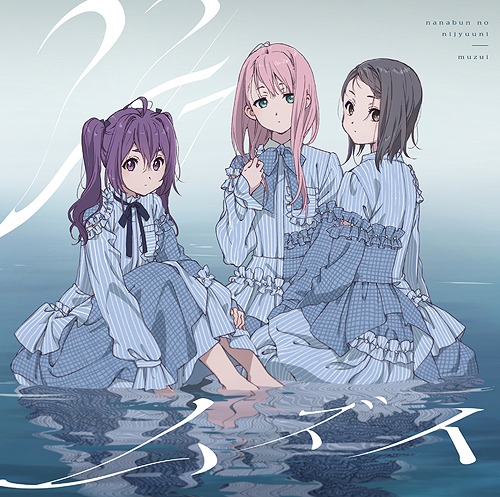
Bridging the gap between the visual novel and the anime series, Steins; Gate Elite is a sublime refresh of the beloved game.
A Little Background
Despite having played many other Visual Novel games since its first release, Steins;Gate still stood as one of the best in class as far as I’m concerned. I’m not alone in thinking that and the visual novel was so well received that it spawned an anime series that followed the events of the game through to the “true ending”. While the anime series is widely regarded as a very good adaptation of the VN, actually helping a lot of the humor land better than it did in the game, it did remove some of the internal monologues of the main character Rintaro Okabe, a hand full of the fan-favorite character-building moments and choose not to deep dive into some of the science that’s explained in great length during the game.
Independent of one another, both the game and anime are of top quality. With Steins;Gate Elite, however, a collaboration between game developers 5pb, publishers Spike Chunsoft and animation studio White Fox, we get the both of both worlds, combining the depth and branching narrative of the Visual Novel with fully animated cut scenes and audio improvements.
Overview of Steins;Gate

If you’re familiar with Steins;Gate, please feel free to skip this paragraph. This one’s for the newcomers; Steins;Gate Elite is the story of the deeply flawed but oddly likable protagonist Rintaro Okabe. Filled with unfounded self-importance, Rintaro (or Okarin to his friends) likes to portray himself as some kind of mad scientist who has a wild imagination, with one foot in reality and the other in a conspiracy-filled fantasy world where he faces off against a fictional “Organisation”. With his best friends and fellow “Future Gadget Laboratory” (basically their clubhouse) members Mayuri Shiina (an absent-minded but gold-hearted cosplay enthusiast) and Itaru “Daru” Hashida (a computer hacker and self-confessed Otaku), the trio manage to accidentally create a way to alter past events. This sets in motion a series of events that draws the attention of a wider cast of characters, each important in their own way, and a shady scientific group that wants sole control of time travel themselves and will stop at nothing to have it. While this might sound farfetched, much of Steins;Gate Elite is steeped in science and the game goes purposefully out of its way to explain, in detail, the principles behind them. The characters are all brimming with charisma too, not just defined by what they do, and are nonconforming to stereotypes. They’re deeply developed personalities with development arcs that stand them out from other visual novel casts.
Review of Visuals and Plot
The effect of combining the anime and visual novel has in Steins;Gate Elite is incredible. The game totally deconstructs the animation and paces it out around a visual novel frame. The staples of a VN game are still there – progress when you click, the text subtitles, the ability to have it autoplay, and to fast forward sections if you want – but instead of having a static background and character portraits that pop in on either side of the screen to portray their presence and conversations, we have stills between fully animated conversations and actions. More than just an interactive anime and more than just an animated visual novel, it bridges that gap between the mediums to present something that is neither and both at the same time.
For example, when Rintaro Okabe meets Kurisu Makise (a talented 18-year-old neuroscience researcher) for the second(/first) time and he’s shellshocked, we get treated to the very funny sequence from the Anime where he’s checking to see if she’s real, but it’s broken up with stills while the internal thoughts of Rintaro are presented in the text. Similarly, some sections have looping animations in the background to show walking or talking while the visual novel continues to deliver its text and vocals. For Visual Novel purists who like text descriptions of activity with little to no visual representations beyond the accepted conventions, this might not fly, but personally, I think it’s an excellent blend of the art forms.
Audio Analysis
The audio is one aspect of the original Steins;Gate that has been improved the most in the Elite version. Ambient noise like keyboard tapping or crowd noise has been added to a number of scenes, even when presenting a still from the animation, which works surprisingly well. It gives the game this persistent feel as if you’re not just stopping and starting the progress of the game with a button press (while that’s exactly what you are doing in essence).
The Content
As for the content, new animation has been created for the paths and endings not included in the original Anime series, all of which are on par with the footage used elsewhere. The phone trigger system, which had timed responses in the original visual novel, has changed here too. Instead of having the phone appear at the side of the screen when a text message appears, you’re shown an animation of Rintaro getting out his phone and you’re forced to at least read the message. The hyperlink reply system that has you choose which part of the message to focus on still applies (and is still just as important). Unfortunately, I personally don’t think the phone and its usage are as visually appealing or as useful in Elite as it was in the original. It’s a small aspect, but having text messages and emails shown across the whole screen loses some of the quirkiness of the original.
While I’d heard previously that content had been cut from the original game for the Elite version, if this is true, I didn’t notice or miss it. The game does run at a more rapid pace (I almost halved my completion time in Elite compared to the original) but this felt more likely because sections of text that previously represented a period of activity that would have taken a few minutes to get through is replaced by 10 seconds of animation. There’s certainly a more accommodating flow to Steins;Gate Elite compared to the original too.
What I liked
Much like the original game, Steins;Gate Elite is also very accessible, even for someone unfamiliar with Japanese culture, visual novels, or the scientific principles it uses. This is achieved via a “tips” system which unlocks a glossary entry for terms that the player might not be familiar with when they come up. This helps with context for character interactions because, without them, some characters might sound like they’re talking in riddles.
Gaming

The PS4 version of Steins;Gate Elite comes included an HD remake of spin-off Steins;Gate: Linear Bounded Phenogram. Presented in the same style as the original game, Linear Bounded Phenogram is a collection of stories and “what-if” alternatives involving the original cast and not always from the perspective of Rintaro either. These tales really lean into the absurdity of each character (and their scientific explorations) and are a really interesting companion to Steins;Gate Elite. There are 25-30 hours of the story here, all of which are worth visiting should you have a love for the other Science Adventure games.
Conclusion
“Don’t mess with the classics” is a term that’s often thrown around in movies and music. While we’re accustomed to “messing with classics” in the video game sphere with remakes and remasters abound, there seemed to be a palpable air of unease about the creation of Steins;Gate Elite in certain online circles, as if someone had just told you them that Fall Out Boy was going to cover Bohemian Rhapsody or Michael Bay was set to direct a remake of Citizen Kane. This was one classic that certain people didn’t want to see changed in any way but after trying it for myself, I’m blown away by the marriage of Anime and Visual Novel achieved in Steins;Gate Elite. The narrative is just as well constructed, as powerful, and as emotive as it was in the original game but the gags and physical comedy that landed better in the Anime version of Steins;Gate land equally well in this game. More accessible to newcomers and a refreshing, more streamlined version for existing fans, Steins;Gate Elite is a terrific evolution of “one of, in not *the* best visual novels ever created”.
El. Psy. Kongroo.


